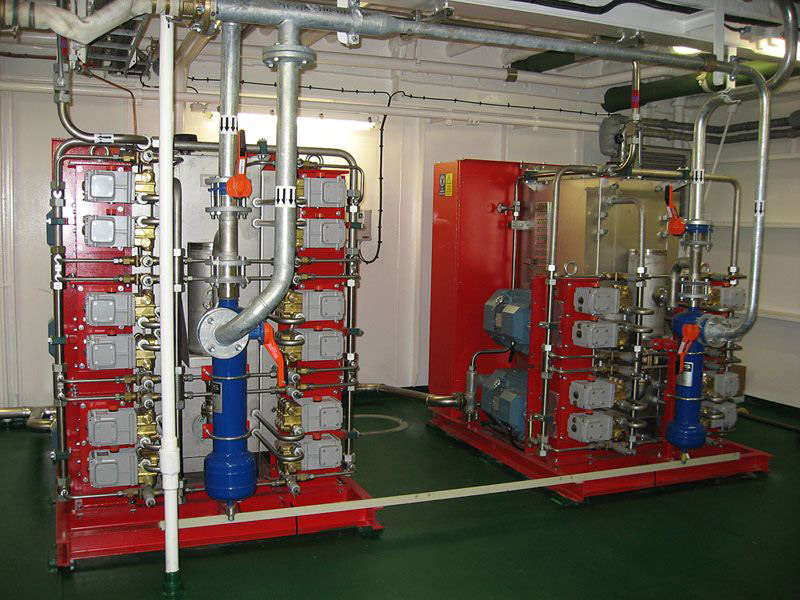Fire extinguishing system design requires good engineering knowledge. It is necessary to pay attention to the details about what will be considered in this design, not to neglect any unit, and to take all measures to support the operation of the system as a whole. The processes of filling the foams, which are used as an effective fire agent in many sectors today, into tubes with a certain pressure after chemical production and keeping them ready for use in automatic systems require a good scientific and technical knowledge.
Field Analysis
Before designing foam extinguishing systems, which are ideal for large areas, it is necessary to conduct a very in-depth study of the area to be installed. Issues such as the volume of the area to be protected, its height, the quality and amount of the material to be protected, the difficulty of the assembly area, and the determination of the amount of foam to be used are decided during the preliminary study. As a result of certain technical measurements, data is sent to the unit that will design, and the process of protecting the area actually begins at that time.
By integrating the sprinkler with the system, it is more likely to protect large areas. In the design calculations to be made, the actual foam application rate, immersion volume, immersion time, damping amount caused by the effect of the sprinkler system, self-dissolving amount of foam and lost foam amount due to leaks are used.

Fire Extinguishing System Units – Fatsa Fire
What Units Does the Foam Extinguishing System Consist?
As a result of determining the minimum amount of water to be used, determining the fire pump capacity, determining the amount of foam, determining the volume of the water tank in the foamy dominant system, and deciding on the fire detection system, the preliminary work of the units to be used in the foamy extinguishing systems is completed. We see that each fire extinguishing system is formed in certain units. Foam extinguishing systems work very well, especially in aviation, for the protection of large spaces such as hangars.
Fire Prevention Systems
The need for an airway day by day leads to an increase in the areas to be protected. As the areas to be protected increase, the materials with high material value also increase, and even the thought of any fire risk upsets the calculations in terms of cost. Therefore, the creation of fire-protected facilities depends on the use of systems with the most suitable extinguishing agents, in consultation with a competent fire company.
Foam systems are used to protect hangars in Group 1 according to NFPA standards in fires. Different types of calculations are made for spaces in different groups and appropriate foamed systems are decided. Since it is a process that can be shaped and carried out entirely by engineering work, it will be the best decision to work with experts and competent professionals in the field, because the content and size of the protected area are matters of very high financial value.
Is there a Detection System in Foam Extinguishing Systems?
Very large areas are difficult to control and clear of hazards. The presence of automatic detection systems gives confidence, especially in disasters where it is difficult to determine where it started, such as fire. Professionals in the fire field should decide whether the detection system will be included in foam extinguishing systems or what type of detection and notification system should be used.
Automatic Foam Suppression Systems
It is not possible for foam extinguishing systems, especially integrated into very large spaces and buildings, to be activated in the event of a fire and to initiate an immediate response with manual control methods. Therefore, an automatic fire detection system is beneficial in terms of detecting smoke or flames and reporting them to the system panel. This allows the system to automatically initiate the intervention, so that the fire is eliminated before it starts.
The use of flame detectors in high and wide areas, where important materials are protected, is considered appropriate in order to prevent false notifications. Smoke detection systems will waste resources as they may cause false alarms due to air circulation and cause fire protection agents to be sprayed unnecessarily.



